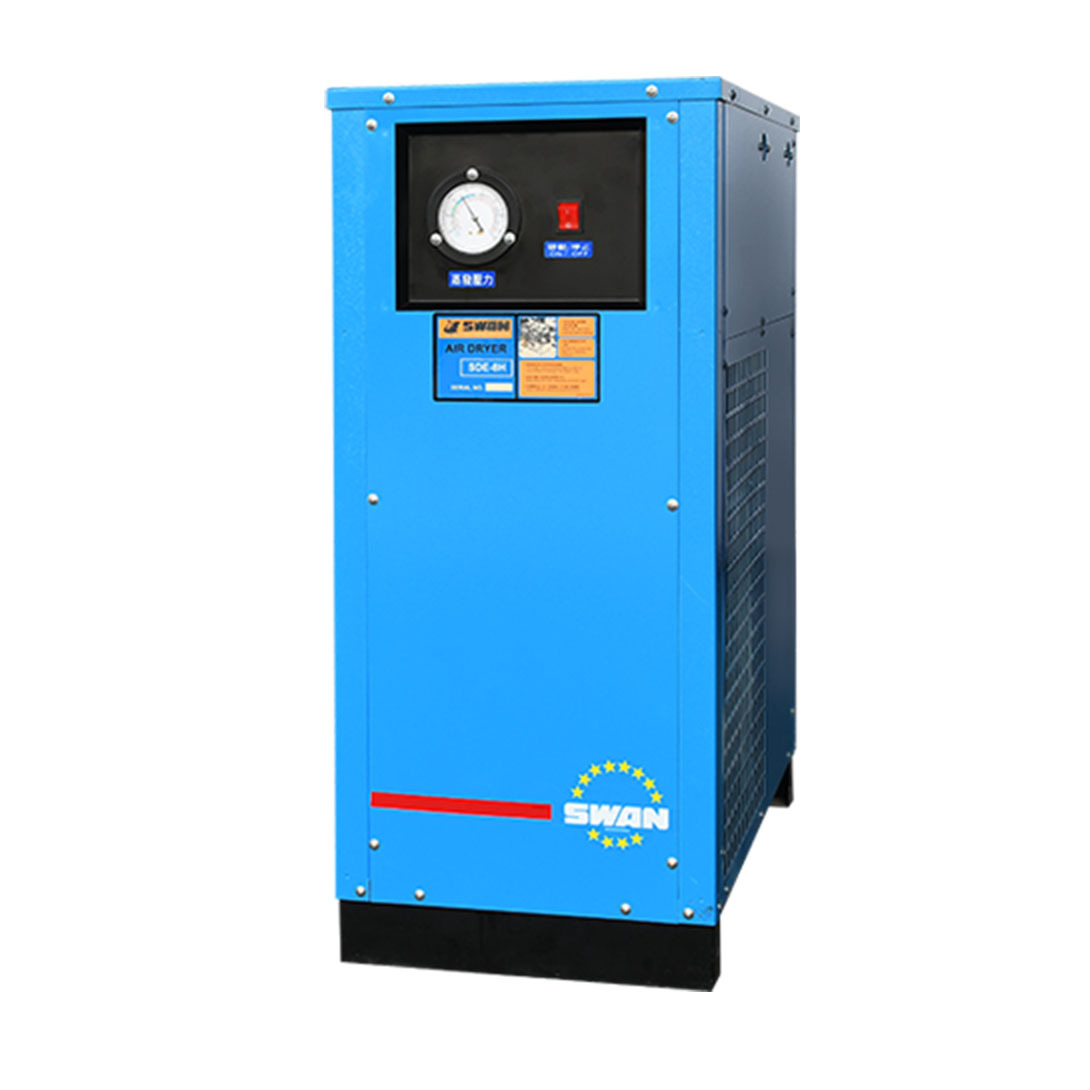
Introduction:
Compressed air is a vital utility used in a wide range of industries and applications, from manufacturing and construction to automotive and healthcare. However, the presence of moisture and contaminants in compressed air can lead to equipment damage, reduced efficiency, and product quality issues. That’s where compressed air dryers come into play. In this blog, we will delve into the fascinating world of compressed air dryers and unravel the secrets of how they work.
Understanding the Need for Compressed Air Dryers:
Compressed air naturally contains moisture, which can condense and cause corrosion, blockages, and damage to pneumatic equipment and processes. Additionally, airborne contaminants such as oil, dirt, and solid particles can compromise the integrity of the compressed air system and impact downstream applications. Compressed air dryers serve as a crucial solution to address these challenges and ensure the delivery of clean, dry, and high-quality compressed air.
Types of Compressed Air Dryers:
- Refrigerated Air Dryers:
- Refrigerated air dryers are the most common type of compressed air dryers used in various industries.
- These dryers work on the principle of cooling the compressed air to lower its dew point, causing the moisture to condense and be separated.
- A refrigeration system, consisting of a compressor, condenser, evaporator, and refrigerant, extracts heat from the compressed air, reducing its temperature and removing moisture.
- The dried air is then reheated before leaving the dryer, preventing potential issues caused by overly cold air.
- Desiccant Air Dryers:
- Desiccant air dryers utilize a desiccant material, such as silica gel or activated alumina, to adsorb moisture from the compressed air.
- These dryers operate in a two-stage process: adsorption and regeneration.
- In the adsorption stage, the desiccant material attracts and retains moisture from the compressed air, leaving it dry and free from moisture.
- During the regeneration stage, a portion of the dried air is diverted to remove the moisture from the desiccant material, allowing it to be used again in subsequent cycles.
- Desiccant air dryers are often employed in applications requiring extremely low dew points or when operating in harsh conditions.
Working Principles and Components:
Regardless of the type, compressed air dryers consist of several key components that work together to achieve effective moisture removal:
- Air Inlet:
- Compressed air enters the dryer through the air inlet, typically connected to the compressed air system.
- Pre-filters:
- Pre-filters, including particulate and coalescing filters, are used to remove contaminants such as dirt, oil, and solid particles from the incoming air.
- Air Cooling or Desiccant Chamber:
- Depending on the type of dryer, the compressed air passes through either a cooling chamber or a desiccant bed.
- In refrigerated air dryers, the air is cooled to a specific temperature, causing the moisture to condense and separate.
- In desiccant air dryers, the air flows through the desiccant material, which adsorbs the moisture, leaving the air dry.
- Moisture Separator:
- After the moisture is removed, it needs to be separated from the air.
- A moisture separator, often in the form of a water trap or separator tank, allows the condensed moisture to collect and be drained from the system.
- Air Heating or Regeneration (in desiccant dryers):
- In desiccant air dryers, the desiccant material needs periodic regeneration.
- This process involves diverting a portion of dried air to remove the moisture from the desiccant material, ensuring its effectiveness in subsequent cycles.
- The regenerated air is then exhausted out of the system.
Conclusion:
Compressed air dryers play a crucial role in maintaining the integrity and reliability of compressed air systems. By effectively removing moisture and contaminants, these devices ensure the delivery of clean, dry air for a wide range of applications. Whether it’s refrigerated air dryers or desiccant air dryers, each type employs unique principles and components to achieve optimal results. Understanding how compressed air dryers work can help industries make informed decisions when it comes to selecting and maintaining these vital components of their compressed air systems.
